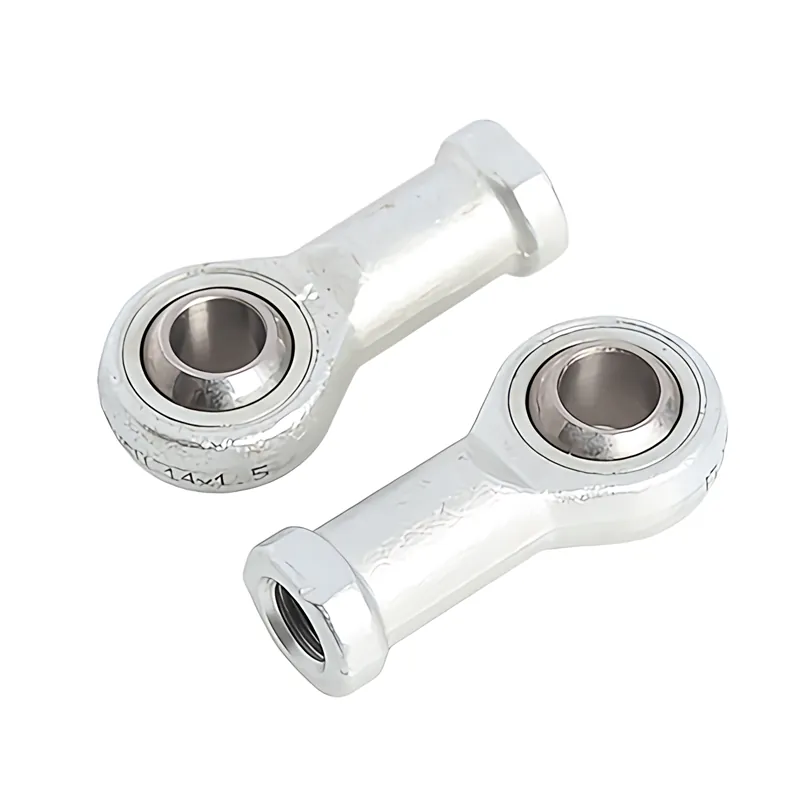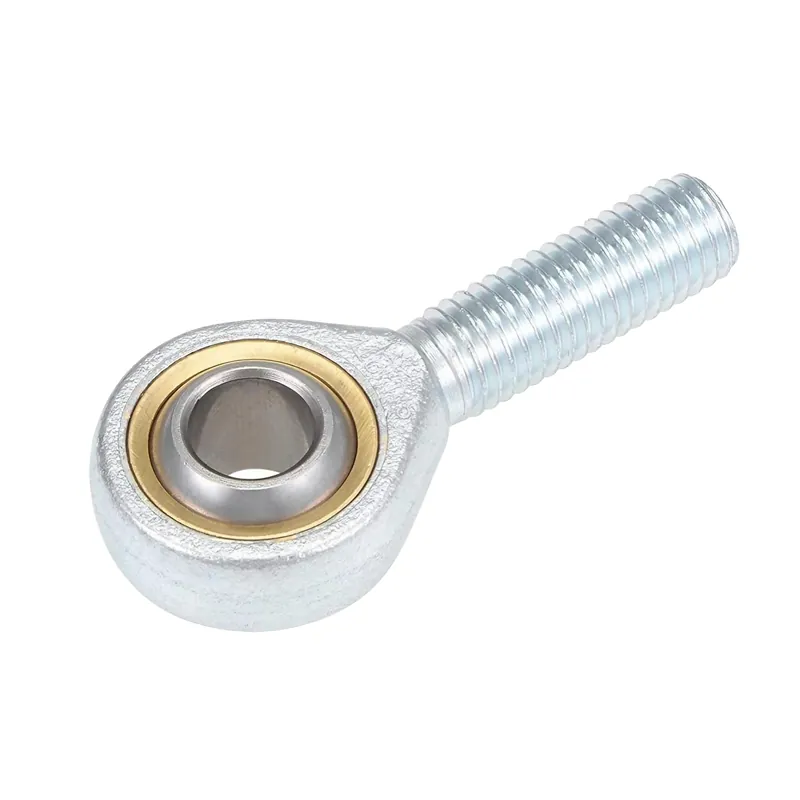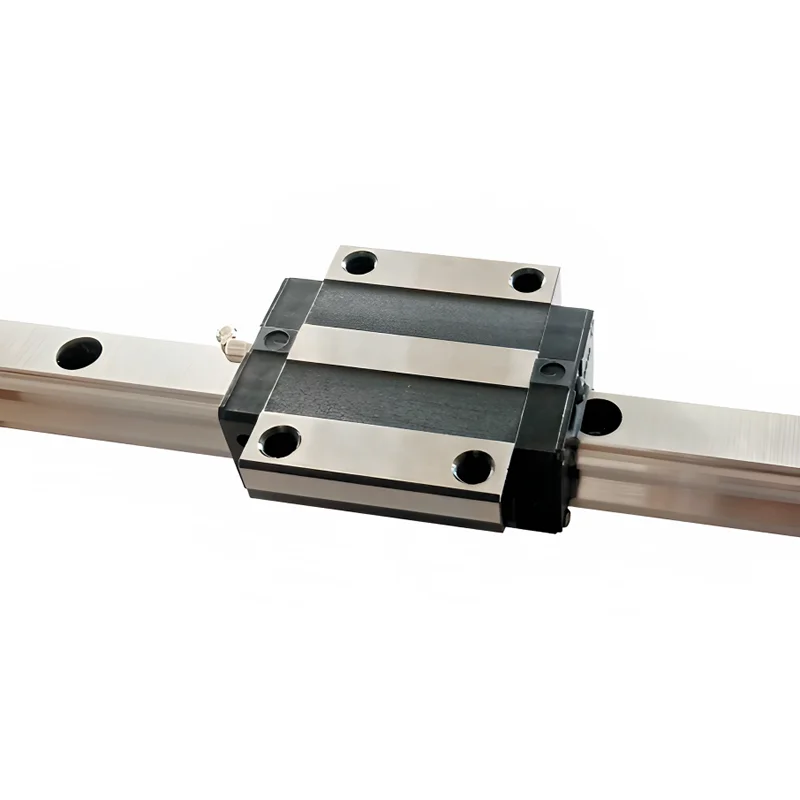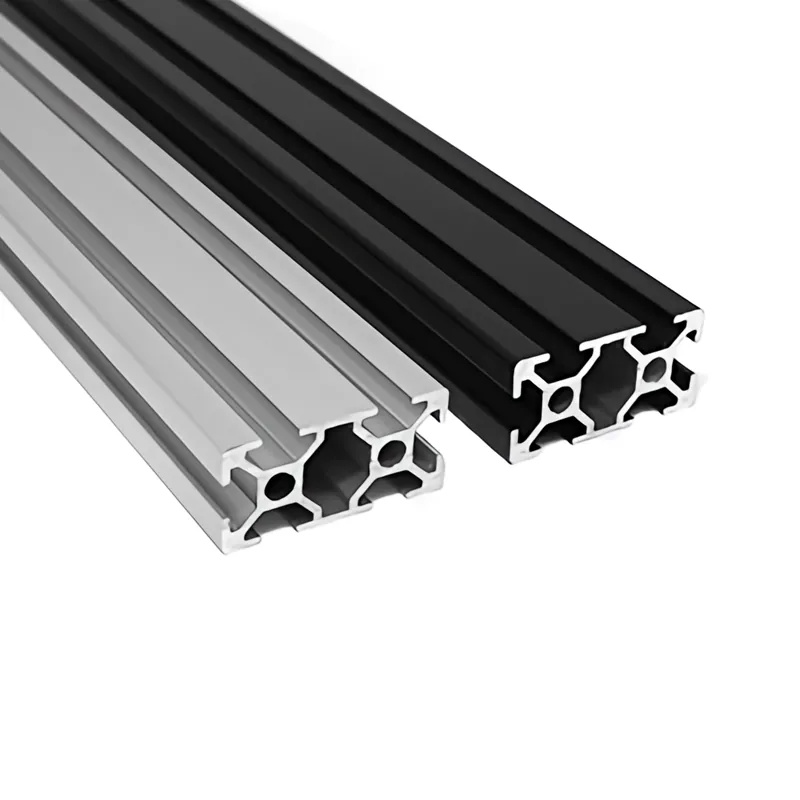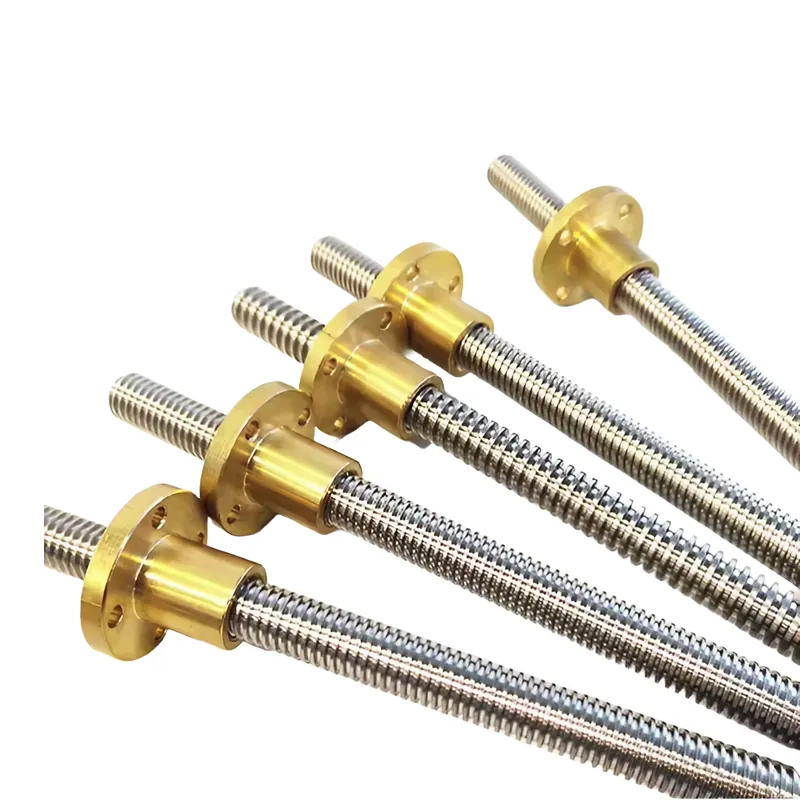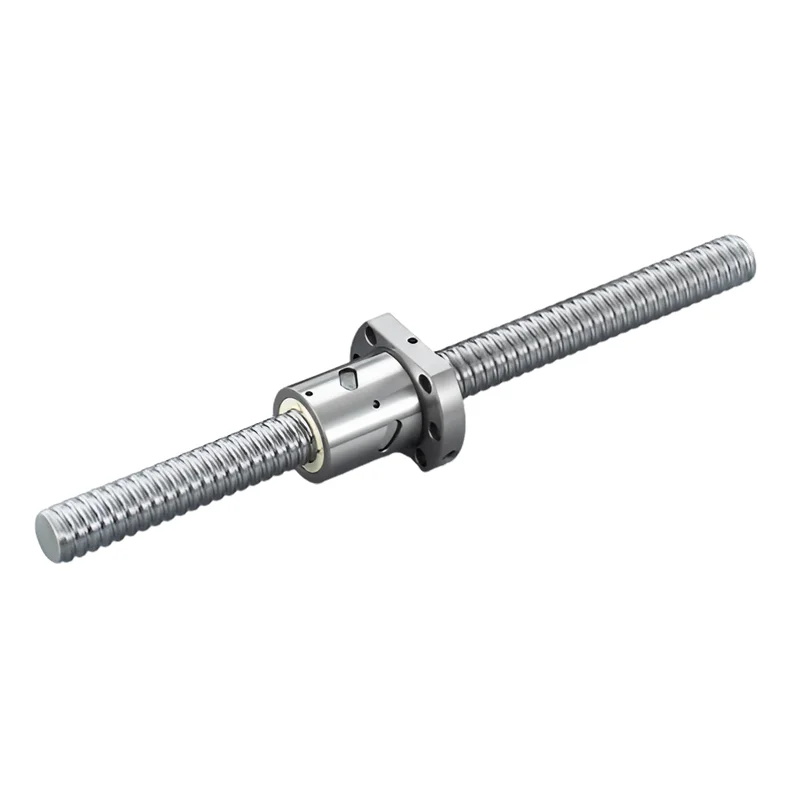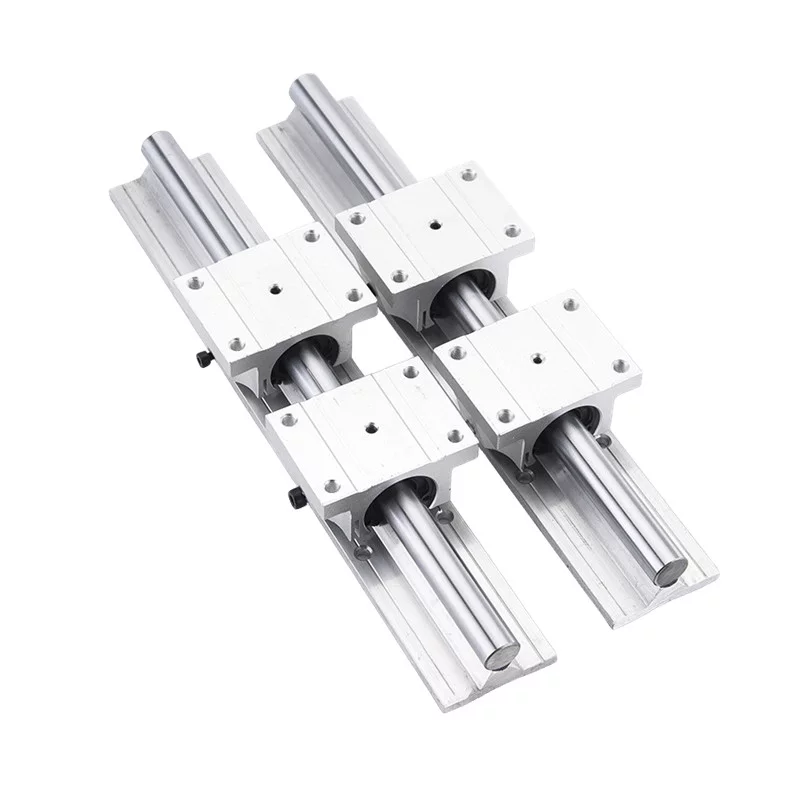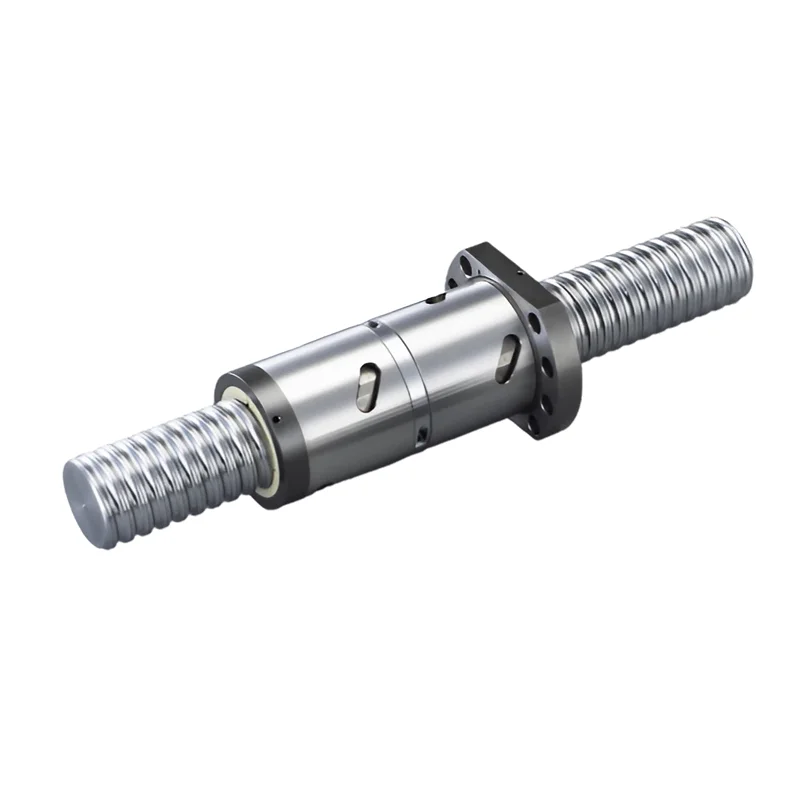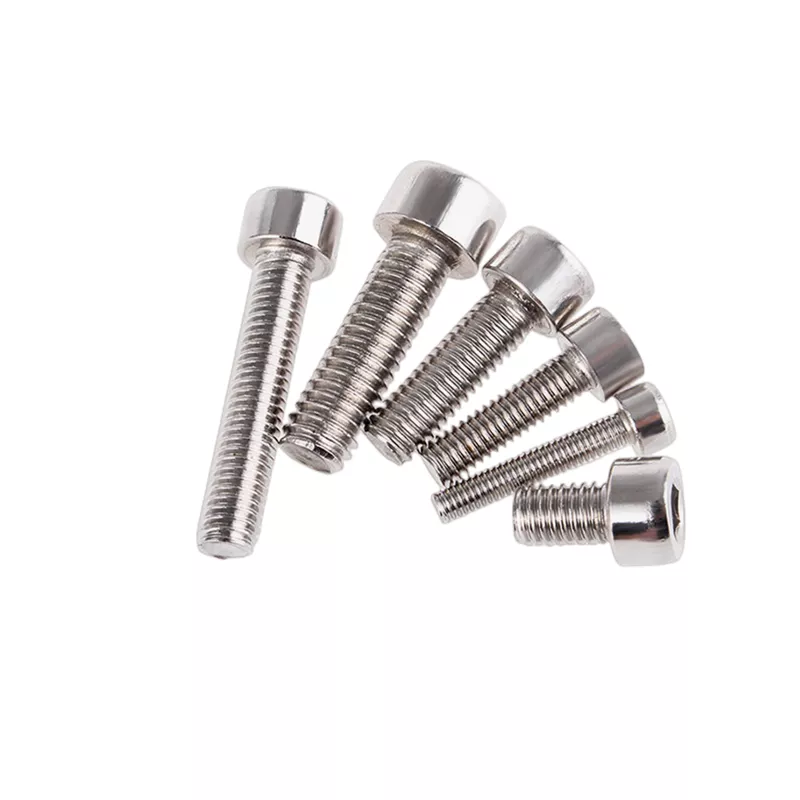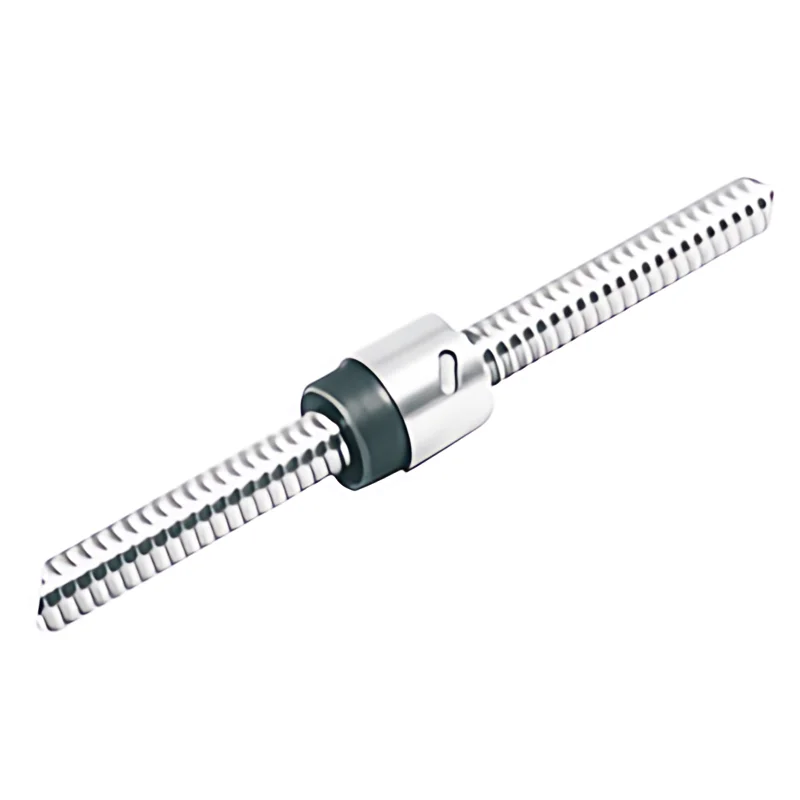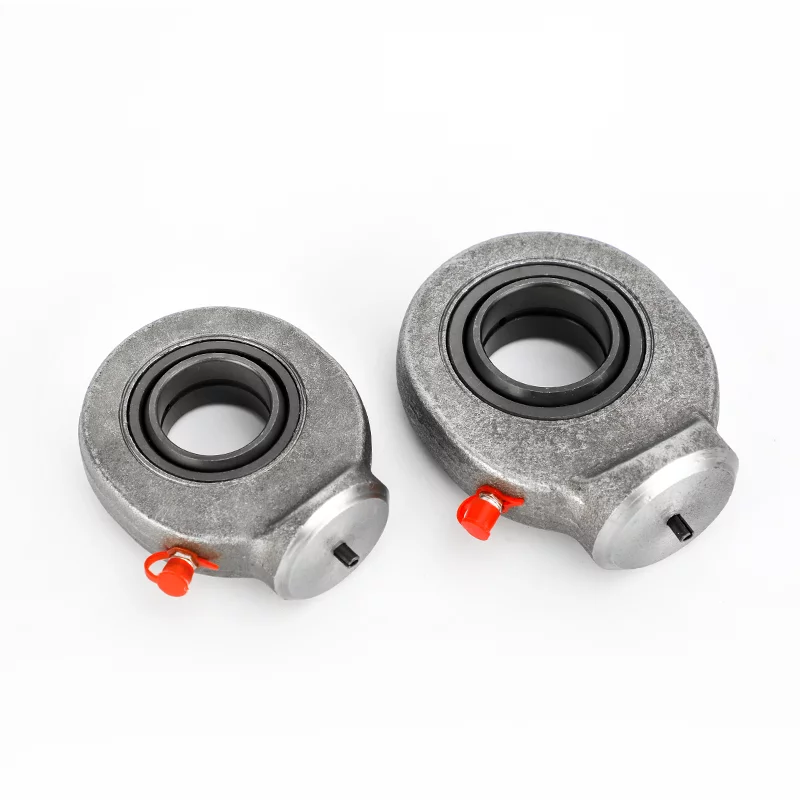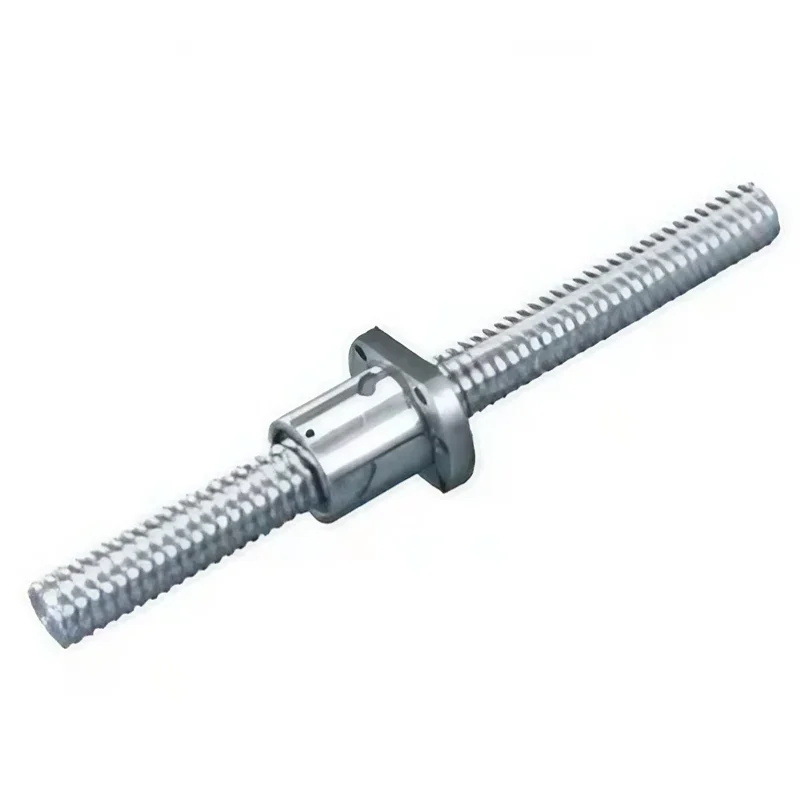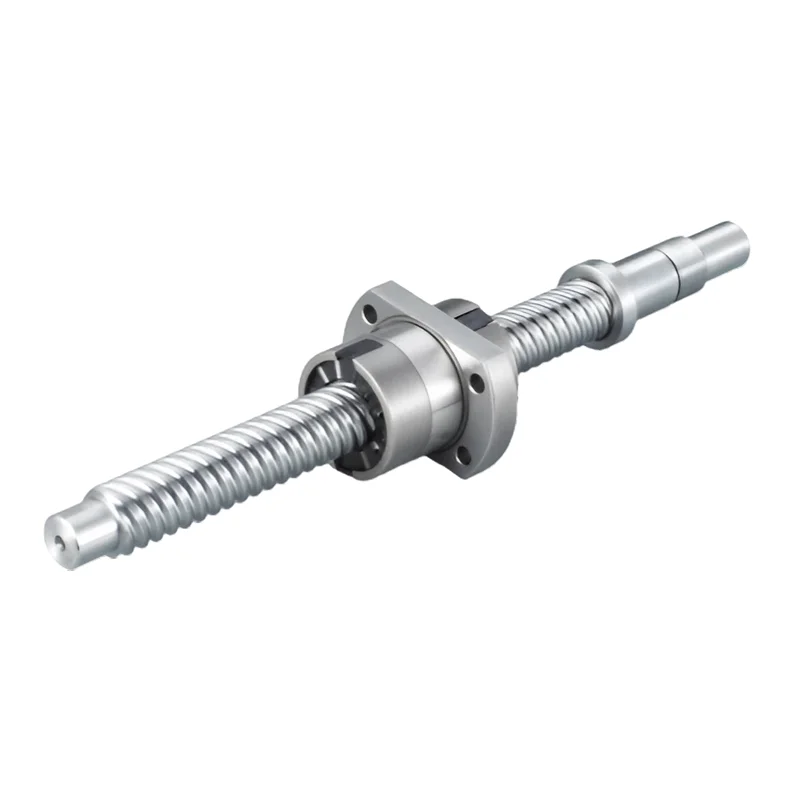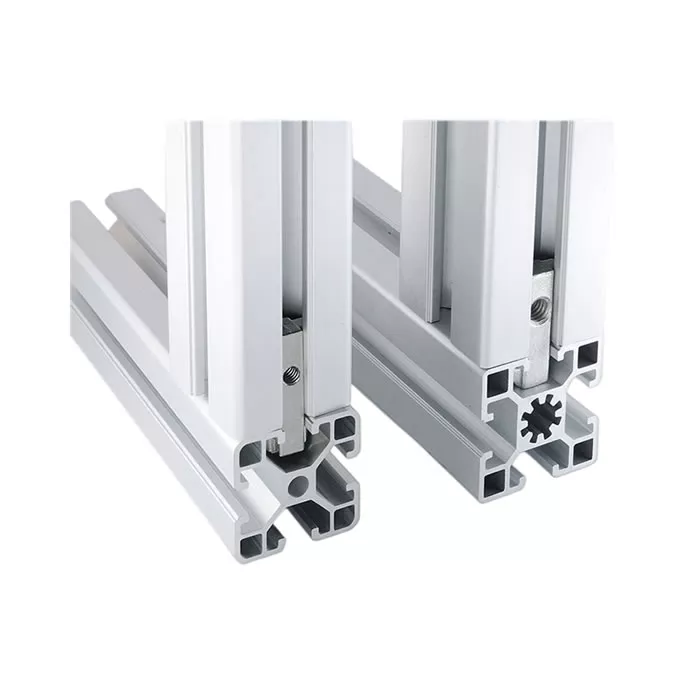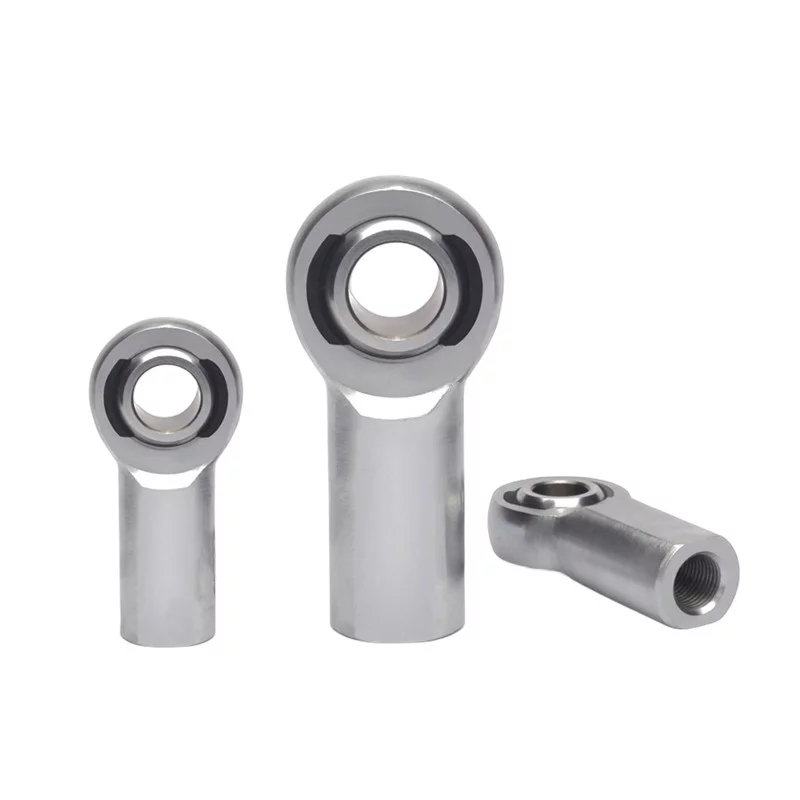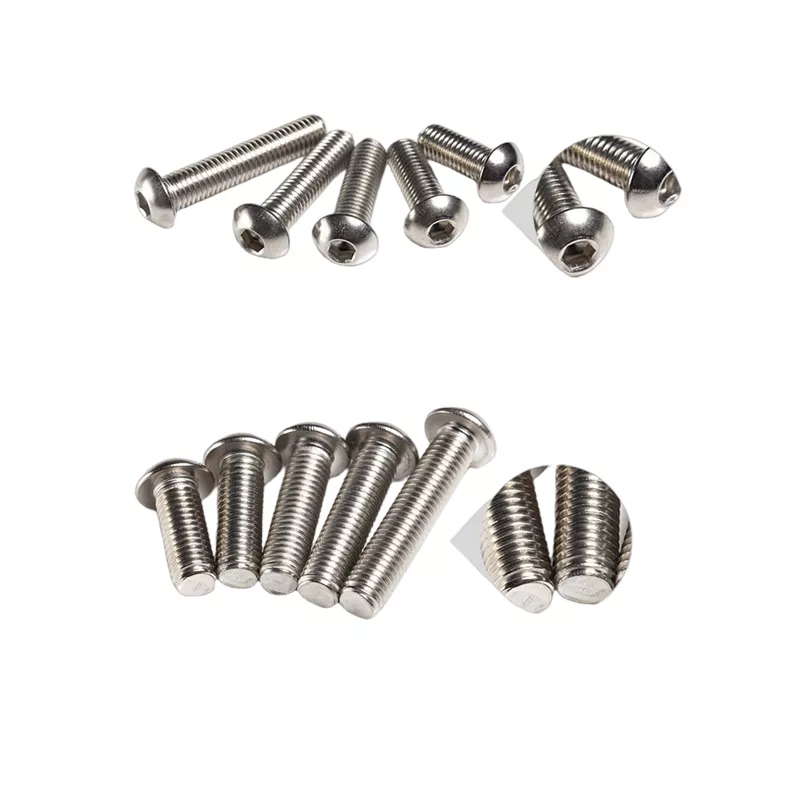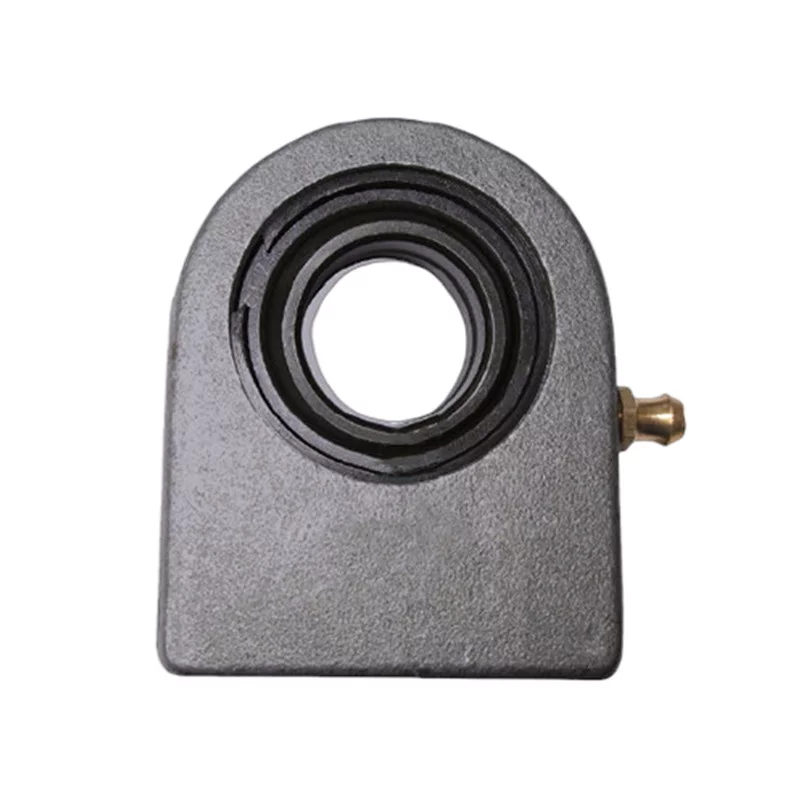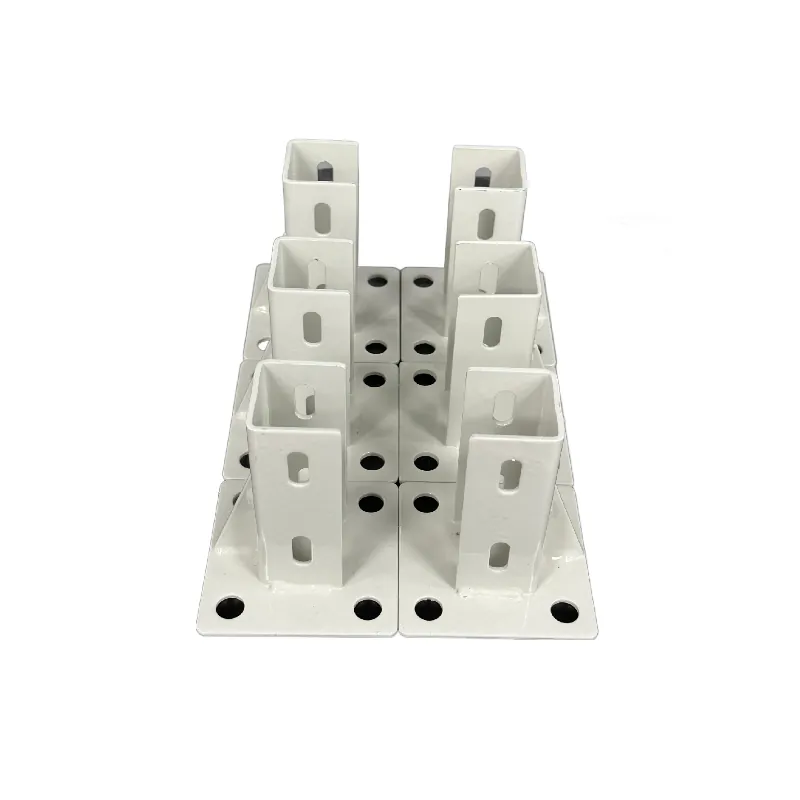5 things to consider when choosing rod end bearings
Rod End Bearings, also known as heim joints or rose joints, are versatile components that provide pivotal and oscillating movement between two connected parts.Choosing the right rod end bearing for your application requires considering several key factors beyond just size. This guide dives deeper into these factors to ensure you select the optimal bearing for your needs.
Internal vs. External Threading:
Internal Threading: This design features a hollow rod with threads on the inside. The benefit lies in its adjustability. You can thread the rod end directly onto a threaded shaft, allowing for fine-tuning of the connection. This is commonly used in applications like helicopter blade adjustments where precise positioning is crucial.
External Threading: This design features a solid rod with threads on the outside. It offers a simpler installation process by screwing directly into a tapped hole.External threads are a popular choice for applications requiring strong, fixed connections, such as suspension linkages in vehicles.
Thread Direction: Right-Handed vs. Left-Handed
Right-Handed Threads (Standard): These are the most common type and tighten by turning clockwise, similar to most nuts and bolts.
Left-Handed Threads (Non-Standard): These are less frequent but used in specific situations to prevent loosening due to rotational forces. They require counterclockwise tightening for proper assembly. Ensure you double-check the thread direction before installation to avoid accidental loosening.
Lubrication Requirements:
Lubrication is essential for rod end bearings to minimize friction, prevent wear, and extend their lifespan.
Manual Lubrication: Some bearings require periodic greasing or oiling using a grease gun or oil can. This might be suitable for low-maintenance applications.
Self-Lubricating Bearings: These bearings come pre-lubricated with oil or grease-impregnated seals, reducing maintenance needs. They are ideal for applications where frequent lubrication is impractical.
Material Selection:
Main Shank/Rod: This is typically made from high-strength metals like stainless steel or carbon steel to withstand demanding loads and stresses. Stainless steel offers superior corrosion resistance for applications in wet environments.
Seals: Seals are often constructed from elastomeric materials like Polytetrafluoroethylene (PTFE), also known as Teflon™. These materials provide excellent protection against dust, dirt, and moisture contamination, safeguarding the bearing's internal components.
Threads Per Inch (TPI):
TPI refers to the number of threads present per linear inch on the threaded portion of the rod end.
Smaller Bearings: These generally have finer threads with higher TPI values. This translates to a larger number of threads engaging for a more secure connection.
Larger Bearings: These often have coarser threads with lower TPI values. While they may have fewer threads engaged, the larger diameter of the bearing compensates for this, providing sufficient strength.
By carefully considering these factors - internal vs. external threading, thread direction, lubrication requirements, material selection, and threads per inch - you can make an informed decision when selecting the perfect rod end bearing for your application. Remember, the right bearing will ensure smooth operation, minimize maintenance needs, and contribute to the longevity of your overall system.
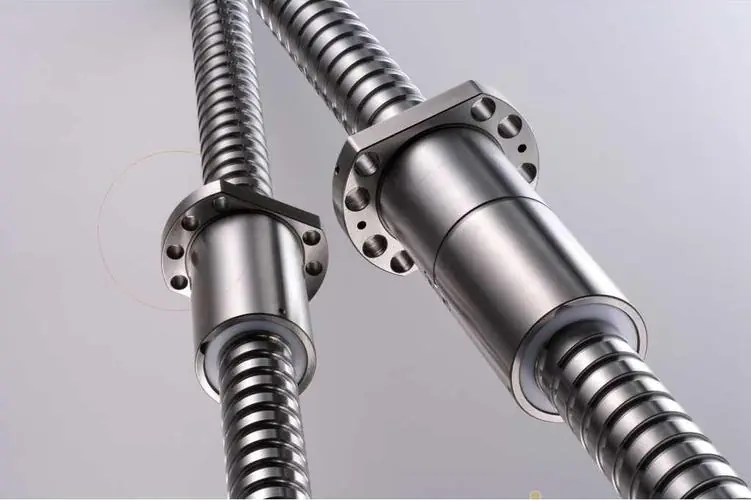 Why Precision Ball Screws are Vital for Industrial Automation and How to Choose the Right Supplier
Why Precision Ball Screws are Vital for Industrial Automation and How to Choose the Right Supplier
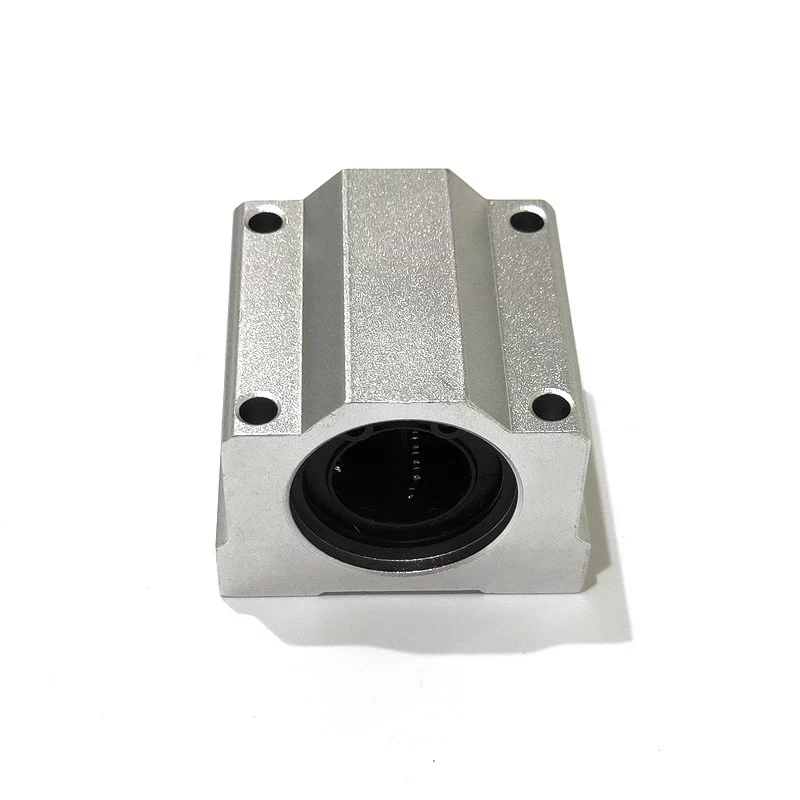 SAIVS Linear Motion Ball Slide Units – Precision and Reliability for Your CNC Needs
SAIVS Linear Motion Ball Slide Units – Precision and Reliability for Your CNC Needs
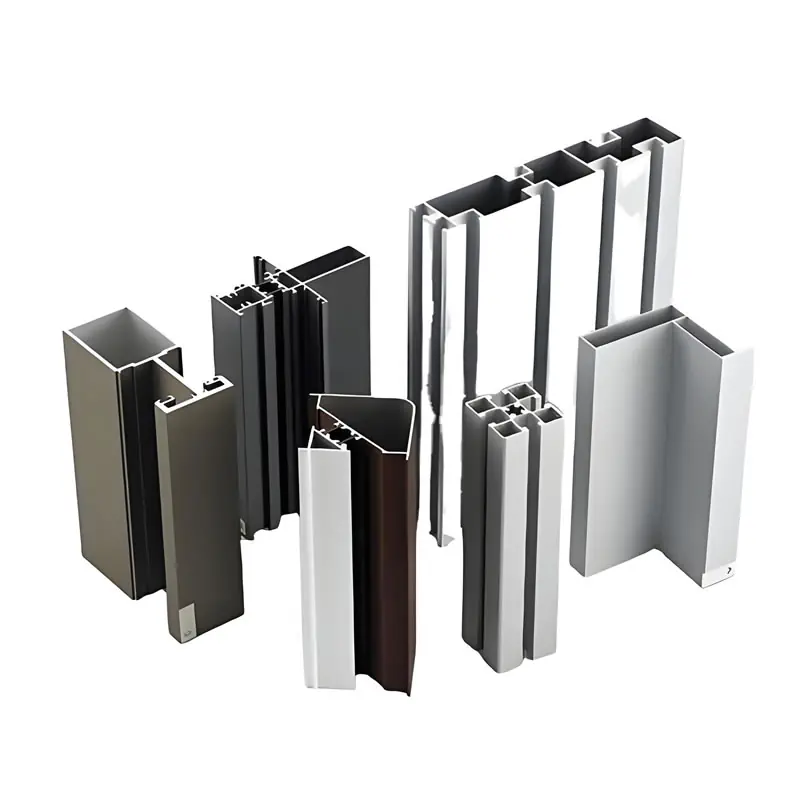 High - Quality T - Slot Aluminum Extrusion Profiles from Ningbo SAIVS Machinery Co., Ltd
High - Quality T - Slot Aluminum Extrusion Profiles from Ningbo SAIVS Machinery Co., Ltd
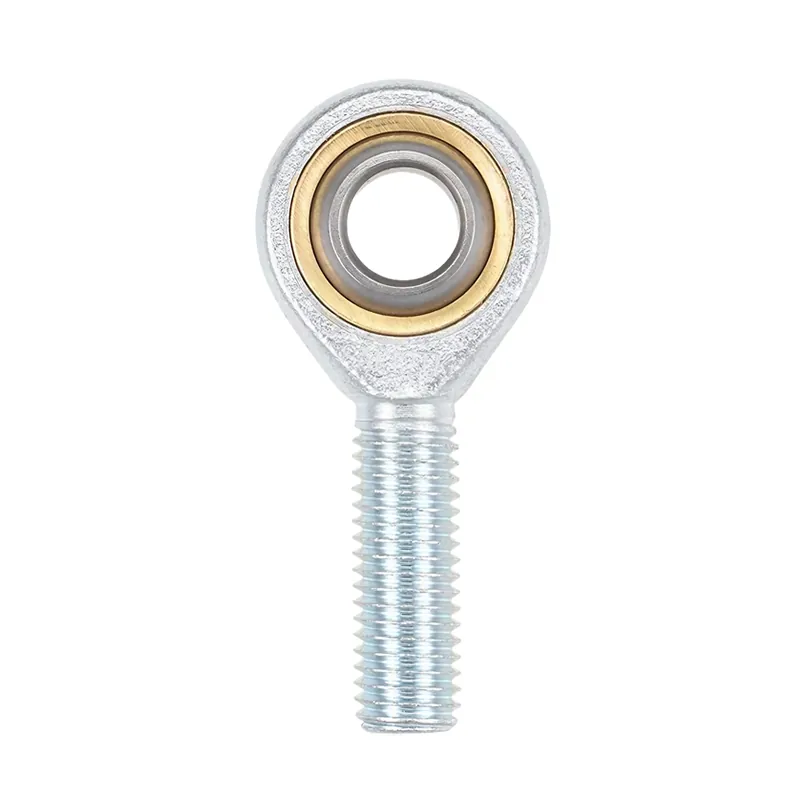 Enhance Industrial Efficiency with Premium Cylinder End Bearings from SAIVS
Enhance Industrial Efficiency with Premium Cylinder End Bearings from SAIVS

